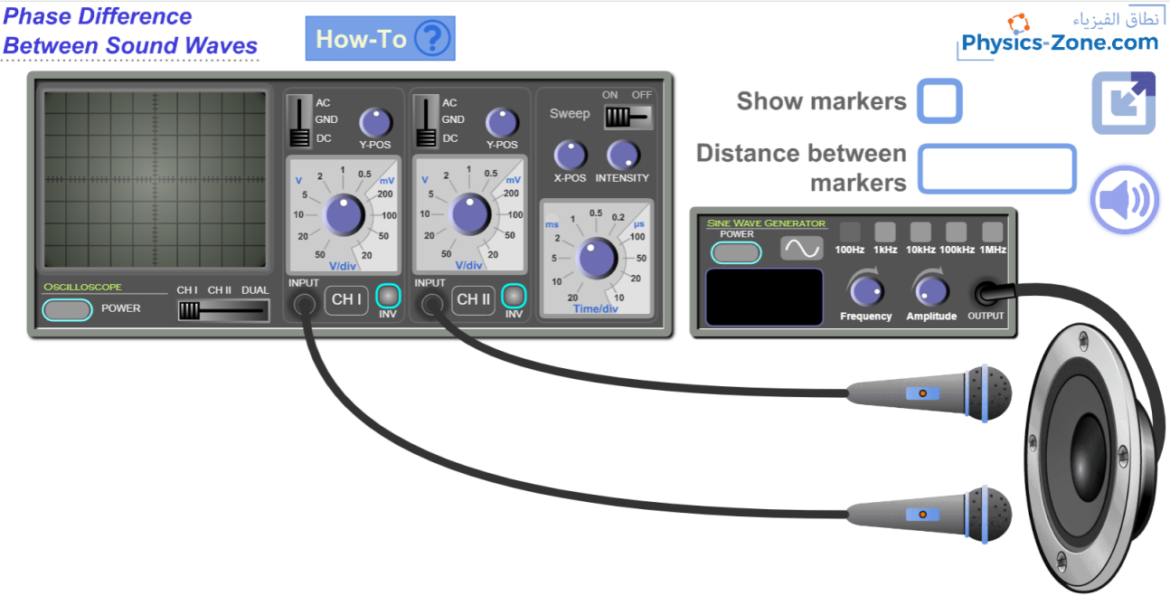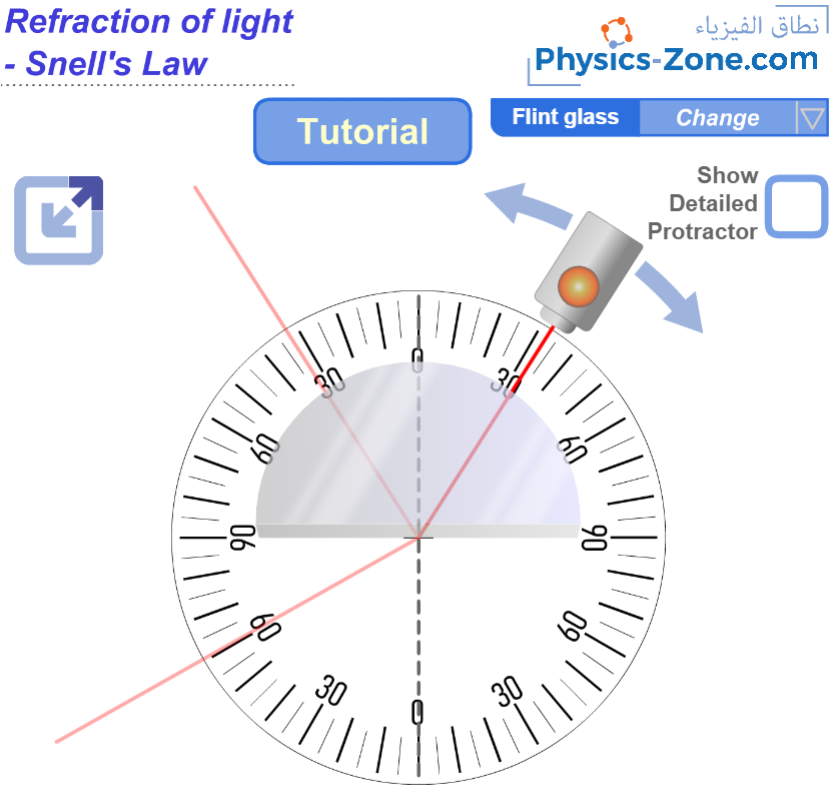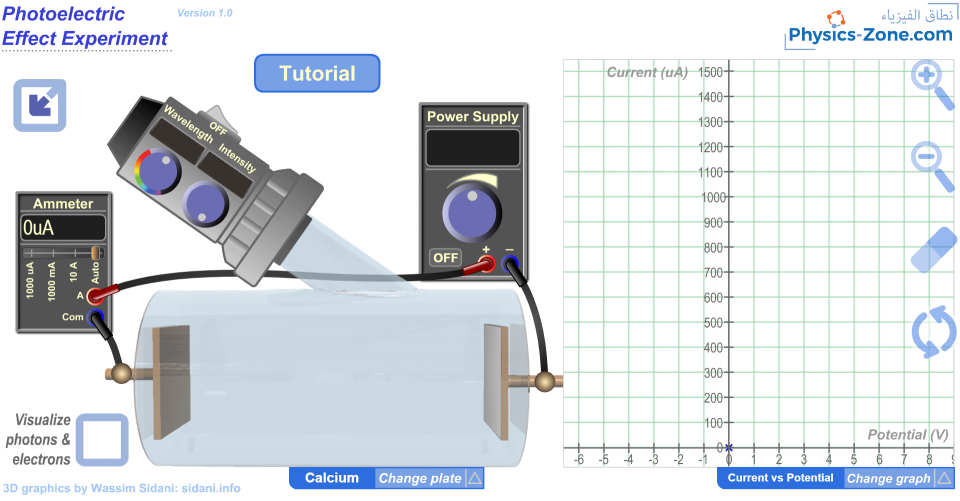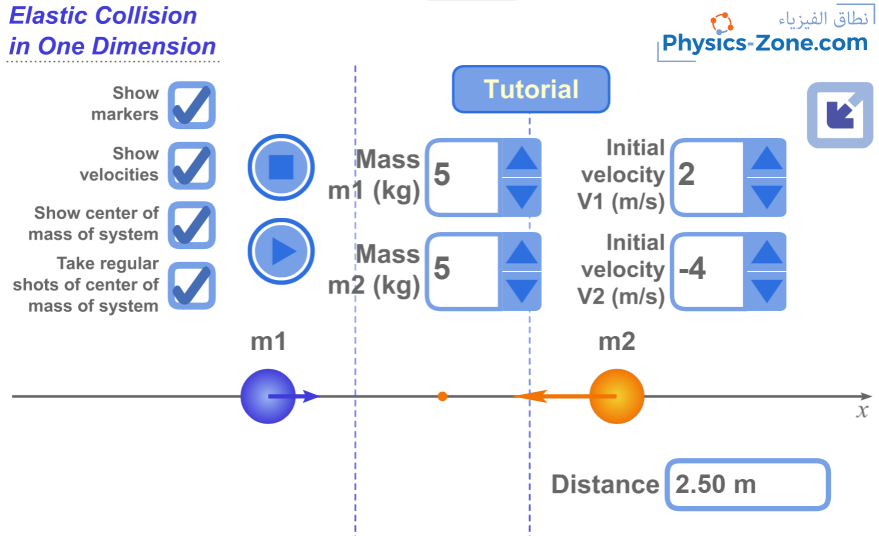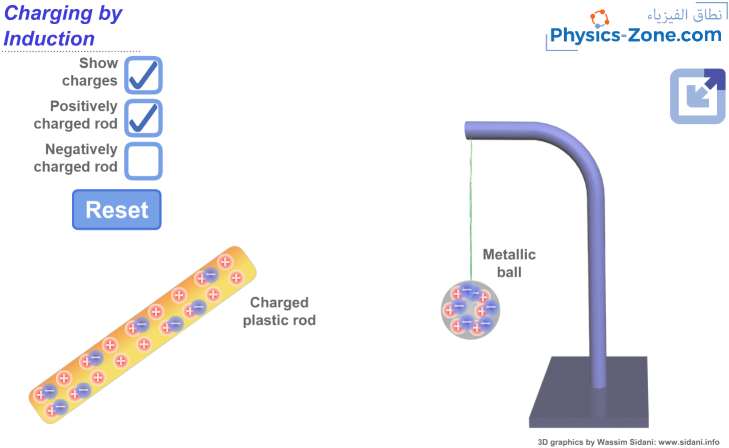Over 2,000 people visited Virtual Oscilloscope in mere 7 days

Designed to replicate the functionality of a real oscilloscope, the Virtual Oscilloscope has captivated the attention of students, educators, and electronics enthusiasts alike. Its intuitive interface and accurate waveform representations have garnered positive feedback, making it an invaluable resource for anyone interested in circuit analysis and electronic waveforms. I extend my gratitude to all those who have supported me and invite others to join this immersive learning experience.



